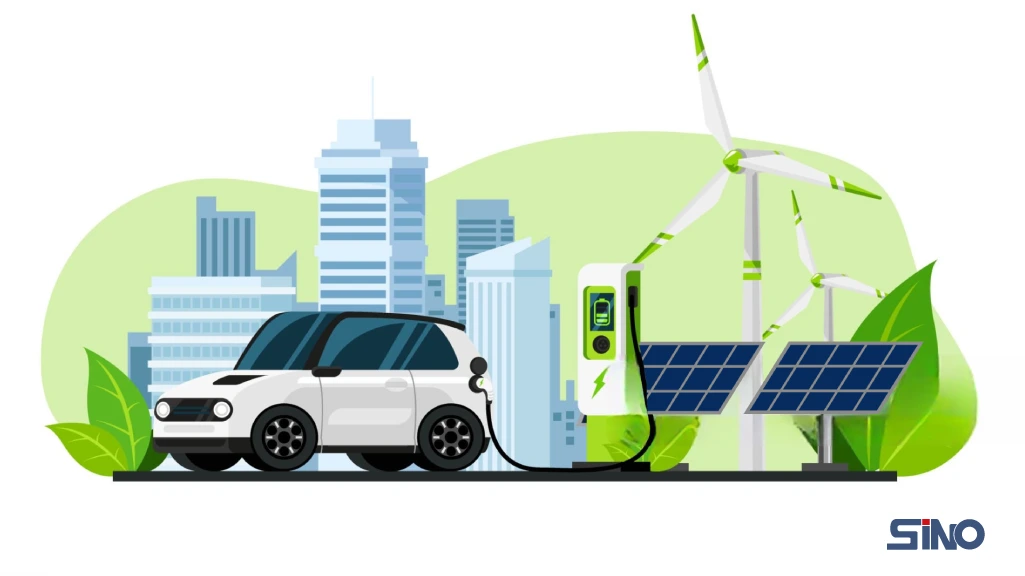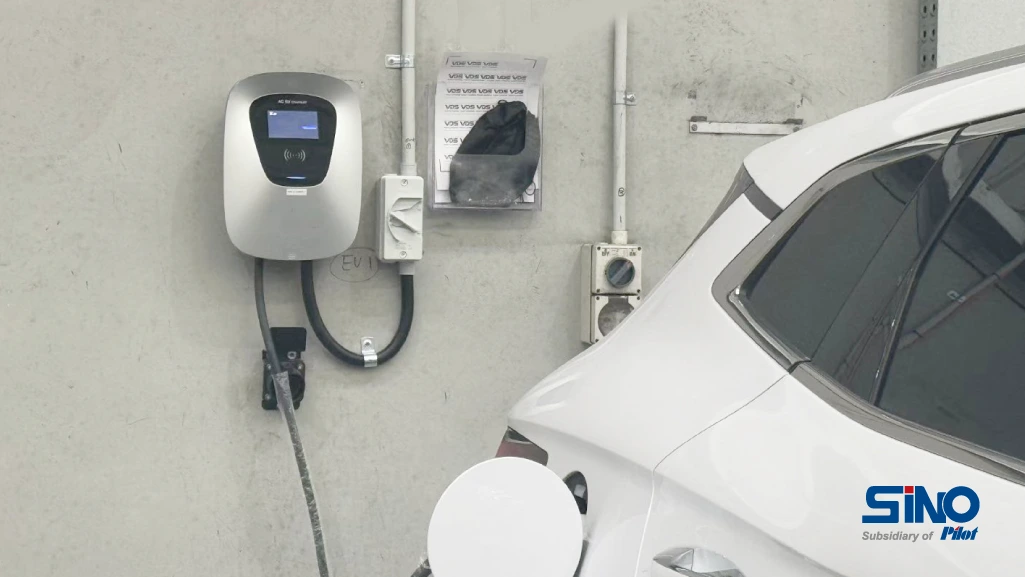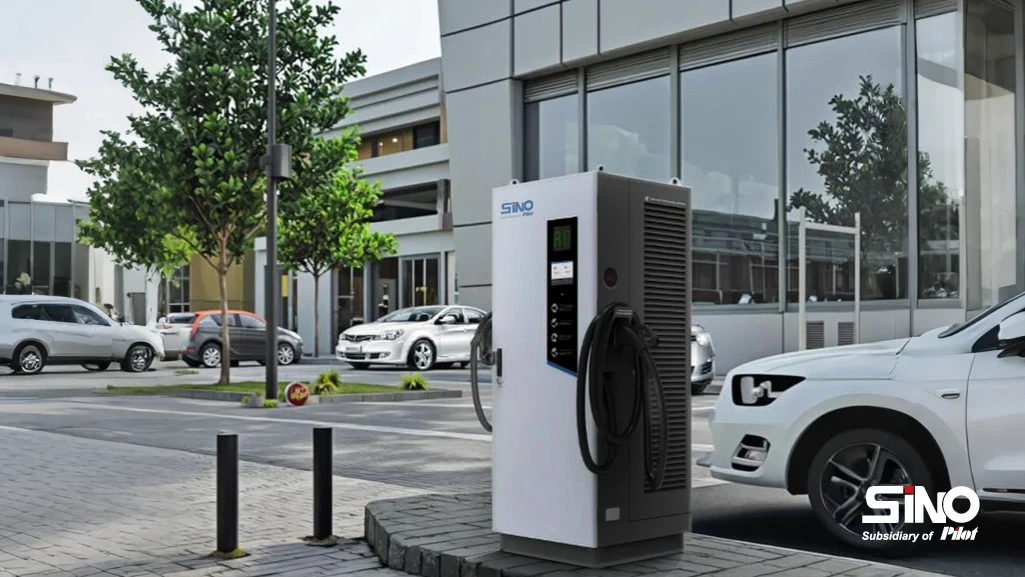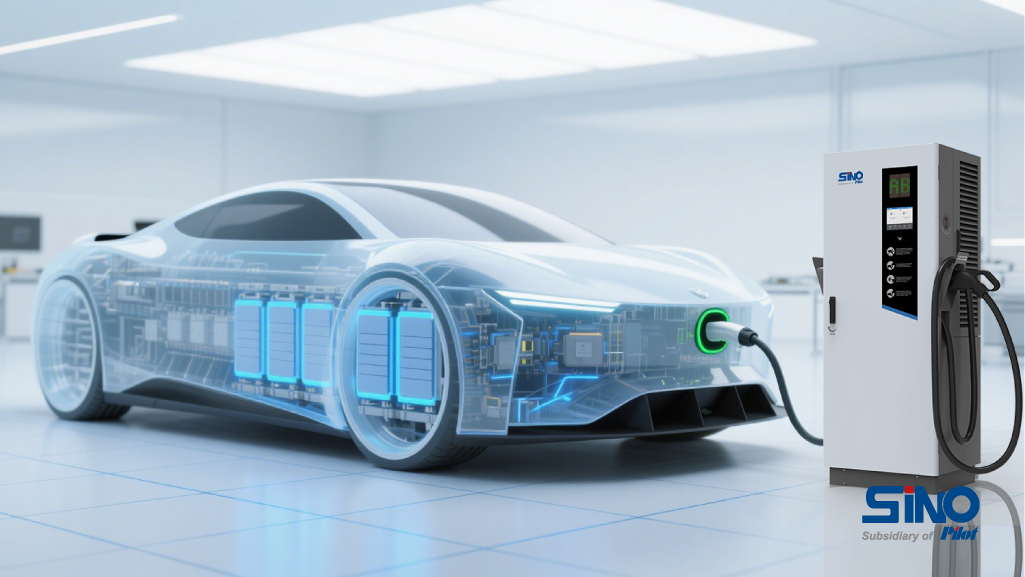Learn if electric vehicle charging stations are environmentally friendly. Learn how they reduce emissions, integrate renewable energy, and explore the future of green charging technology.
Introduction
As electric vehicles (EVs) become increasingly popular around the world, charging stations are becoming an important infrastructure component. EVs play an important role in reducing environmental impacts, and charging stations are key to supporting this shift. In this paper, we explore whether charging stations are environmentally friendly and their contribution to sustainable development.
1. Positive environmental impacts of charging stations
The combination of electric vehicles (EVs) and charging stations offers an effective solution for reducing carbon emissions. Conventional internal combustion engine (ICE) vehicles use fossil fuels and create harmful emissions. In contrast, electric vehicles charge at stations and use cleaner energy. This helps improve air quality.
Reduced Greenhouse Gas Emissions
Electric vehicle charging stations can significantly reduce a vehicle’s carbon footprint. According to the International Energy Agency (IEA), widespread adoption of electric vehicles can reduce global greenhouse gas emissions, especially as the energy grid increasingly relies on low-carbon energy sources such as wind and solar.

Reduce tailpipe emissions
Electric vehicles (EVs) produce virtually no tailpipe emissions during operation, which is beneficial for improving air quality and reducing environmental pollution.
Support renewable energy integration
Charging stations can be integrated with renewable energy sources such as solar and wind. As more renewable energy is integrated into the grid, EV charging will move closer to zero emissions. Many countries are investing in renewable energy infrastructure, which further enhances the environmental potential of charging stations.
Combination of economic benefits and environmental friendliness
V2G charging stations help EV owners save on charging costs. They also make money by returning energy. These stations ease the load on the grid. They help balance energy supply and demand. This creates a win-win for both the economy and the environment.
2. Technological advances and environmental measures
Continuous advances in charging station technology are making them increasingly environmentally friendly. The following are some of the key innovations and environmental measures:
Smart charging technology
Smart charging technology allows charging stations to adjust charging times according to the load on the grid. This reduces peak energy demand, saves energy, and reduces strain on the grid, thus improving overall efficiency.
Green materials and design
Modern charging stations are using greener materials and reducing reliance on non-renewable resources. In addition, modular designs make it easier to disassemble and recycle components at the end of their useful life, minimizing waste.
Battery recycling and reuse
As electric vehicle battery technology advances, recycling and reuse has become an industry priority. Establishing a robust battery recycling system can recover and reuse valuable materials from old batteries, reducing resource consumption and environmental pollution.
3. Government policies and industry standards
Governments around the world are actively promoting charging station infrastructure while ensuring its sustainability.
Government environmental policies
Many countries have introduced policies that support the development of electric vehicles and charging stations. For example, the European Union’s Green Deal outlines ambitious targets for reducing emissions from the transportation sector, and the deployment of charging stations is a key component in achieving these targets.
Industry certifications and standards
To ensure that charging stations are environmentally friendly, many regions have introduced industry standards and certification schemes. These standards address energy efficiency, the use of sustainable materials, and life cycle management to ensure that charging stations minimize their environmental impact throughout their operational life.
4. Conclusion
Charging stations are making a positive contribution to environmental protection and sustainable development. By reducing greenhouse gas emissions, supporting the integration of renewable energy, and driving technological innovation, they are becoming an important force for green transportation. While challenges remain in their production and use, continued technological advances and policy support are helping to address them. As people care more about the environment, charging stations will help create a cleaner, greener world.

Sino Energy: Revolutionizing Green Technology
After exploring the environmental benefits of charging stations, let us introduce Sino Energy’s DC charging solutions. We specialize in providing efficient, intelligent, and eco-friendly electric vehicle charging equipment, with our DC electric vehicle chargers known for their faster charging speed and superior energy efficiency. Whether for home, public, or commercial use, our chargers support green mobility and contribute to the global shift towards sustainable energy. Choose Sino Energy for an eco-friendly, high-efficiency charging experience.
Our Social
Facebook: www.facebook.com/sinoevc
Instagram: www.instagram.com/sinoevc
Linkedin: www.linkedin.com/company/sinoevse
Youtube: www.youtube.com/@sinoevc
Twitter: www.twitter.com/sinoevc

“Charging for A Better Life”
—Zhuhai Sino Energy Technology Co.,Ltd.
















